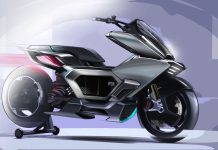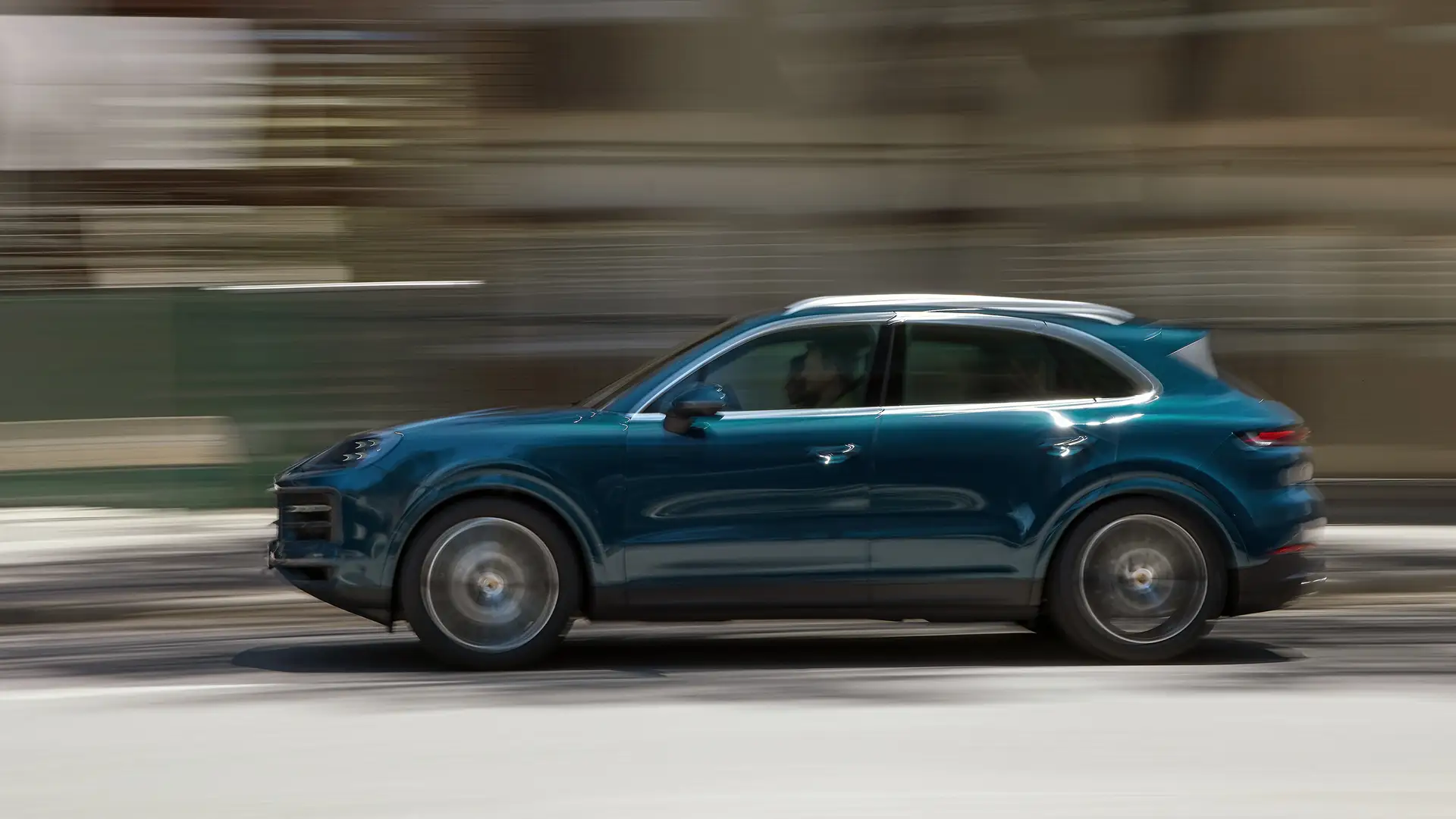Porsche is developing electric vehicles with significantly longer ranges and faster charging times. The company is working on developing silicon anodes, which can offer up to 10 times more storage capacity than graphite anodes and allow for shorter charging times.
EVs
However, the expansion of silicon particles when absorbing lithium can impair the battery’s service life, so Porsche is working on developing anodes with 80% silicon while also increasing the proportion of nickel in the cathode.
Professor Maximilian Fichtner, head of the Energy Storage Systems research unit at Karlsruhe Institute of Technology, has stated in the medium term, the combination of the new anode chemistry and dense cell packaging could allow EVs to offer driving ranges of up to 1,300 km (807 miles).
 A solid plan for electric
A solid plan for electric
Porsche is also investing heavily in solid-state batteries, which are expected to have 50% more energy density and reduce charging times significantly.
Faster charging times require more powerful charging stations and active cooling for reliable 500 kW charging.
Porsche’s plans for electric vehicles and battery technology align with some developments and advancements in the industry.
1. Silicon Anodes: Porsche’s exploration of silicon anodes aligns with ongoing research and development in the battery industry. Silicon anodes have the potential to offer higher energy storage capacity compared to traditional graphite anodes. However, they also present challenges, such as volume expansion during charge and discharge cycles, which can impact battery lifespan. Companies are working on various techniques to address these challenges and improve the performance and durability of silicon-based anodes.
2. Increased Charging Speed and Range: Porsche’s aim to develop anodes with higher silicon content and increase nickel proportion in the cathode is likely driven by achieving higher charging capabilities and longer driving ranges. Advances in battery technology, including improved anode and cathode materials, could lead to higher energy densities and increased driving ranges for electric vehicles. However, it’s important to note that achieving a capacity of 1,300 km (807 miles) would require advancements in battery technology and vehicle design, including energy efficiency and aerodynamics.
Batteries
3. Solid-State Batteries: Porsche’s investment in solid-state batteries aligns with a broader trend in the industry. Solid-state batteries offer the potential for higher energy density and improved safety compared to traditional lithium-ion batteries. They use solid electrolytes instead of liquid electrolytes, enabling faster charging and a longer lifespan. However, solid-state batteries are still in the research and development phase, and commercialization at scale may take some time.
4. Charging Infrastructure: Faster charging times, such as 500 kW, require more powerful charging stations. High-power charging stations are being developed and deployed to support the growing demand for electric vehicles and enable faster charging speeds. Additionally, active cooling systems are often implemented in high-power charging connectors and cables to manage heat dissipation during fast charging, ensuring reliable and efficient charging processes.
Source: Carscoops


































